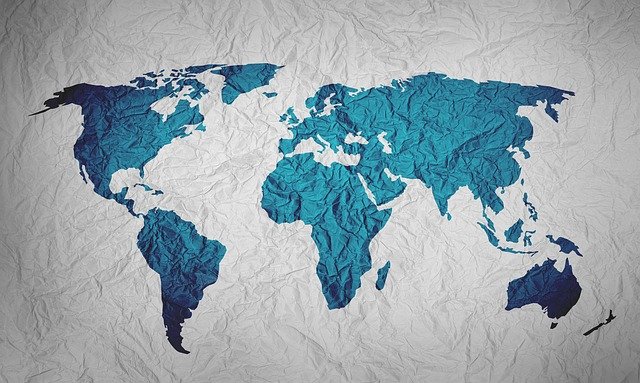As the world warms, permafrost is thawing across two-thirds of Russia, threatening cities and towns that were constructed to house miners sent to dig up a subterranean trove of oil, gas, gold and diamonds. Even the roads are buckling, cracking and collapsing, as if in a slow-motion earthquake. And outside a small town called Batagay, deep in the Siberian hinterland, a crater is rapidly opening up — known to locals as the gateway to the underworld.
From space, it resembles a stingray impressed on the coniferous forest. Already more than half a mile deep and about 3,000 feet wide, the Batagaika crater is growing as the ground beneath it melts. The cliff face retreats 40 feet every year, revealing buried treasures once locked in the ice.
The land is belching up the past and swallowing the present — creating a yawning hole even more dizzying than the huge open-pit mines that already scar the Siberian landscape. It should be a warning about the dangers of extraction, but Russia, like many other countries, continues to pillage its natural resources, undaunted by the threat of greater disruption still to come with climate change.
Russia is not the only country confronting the problems caused by dangerous permafrost melt. In Canada slumps like Batagaika have transformed scenic forests into bleak mudscapes. In China the Tibetan Plateau is collapsing. In Alaska houses in rural villages are sinking into the ground as the shoreline falls into the sea.
Many consequences of climate change fall hardest on developing countries, which historically have contributed little to global emissions. But permafrost melt is disfiguring land in many of the countries that bear the largest responsibility for the crisis — as if mocking the human error that led them to pillage the oil and minerals in the ground without considering the consequences.

